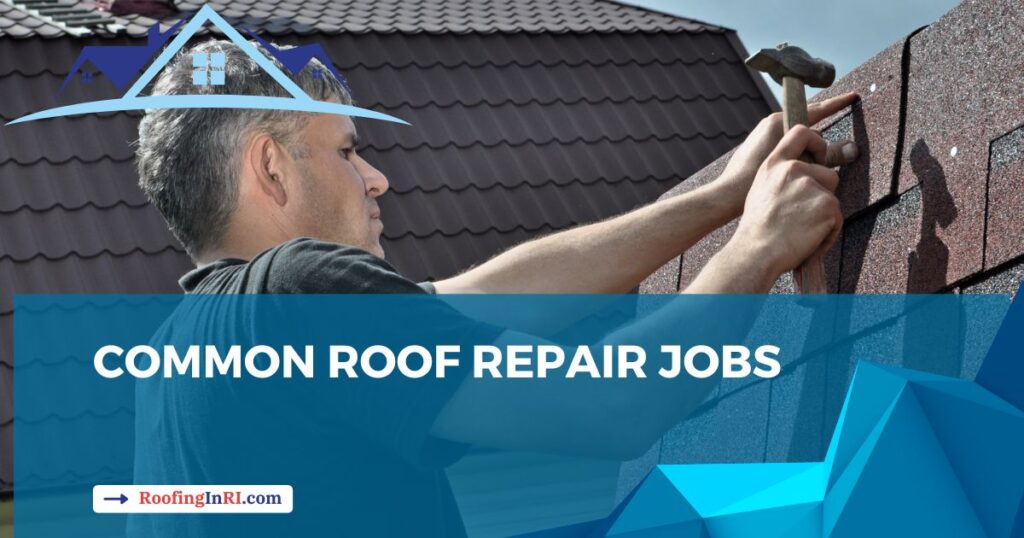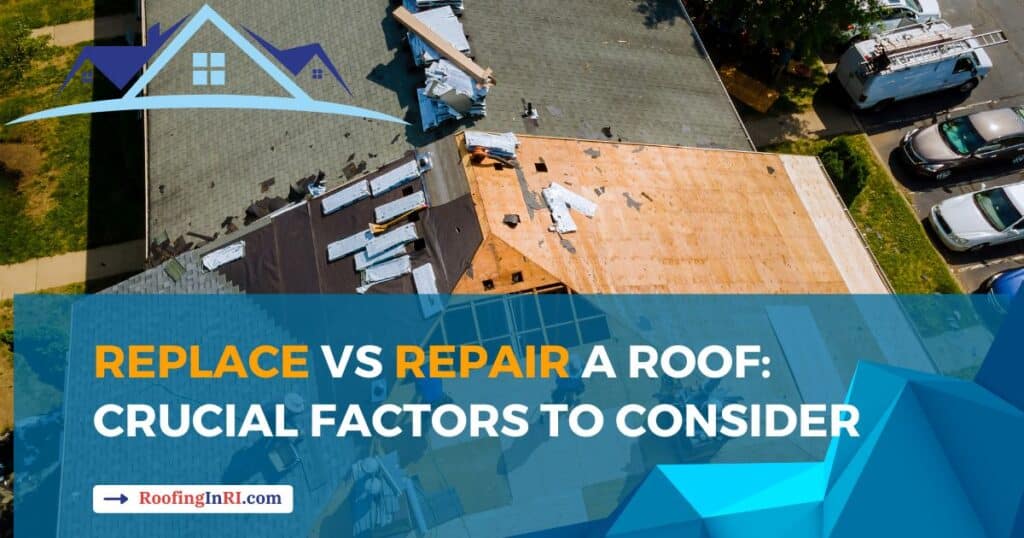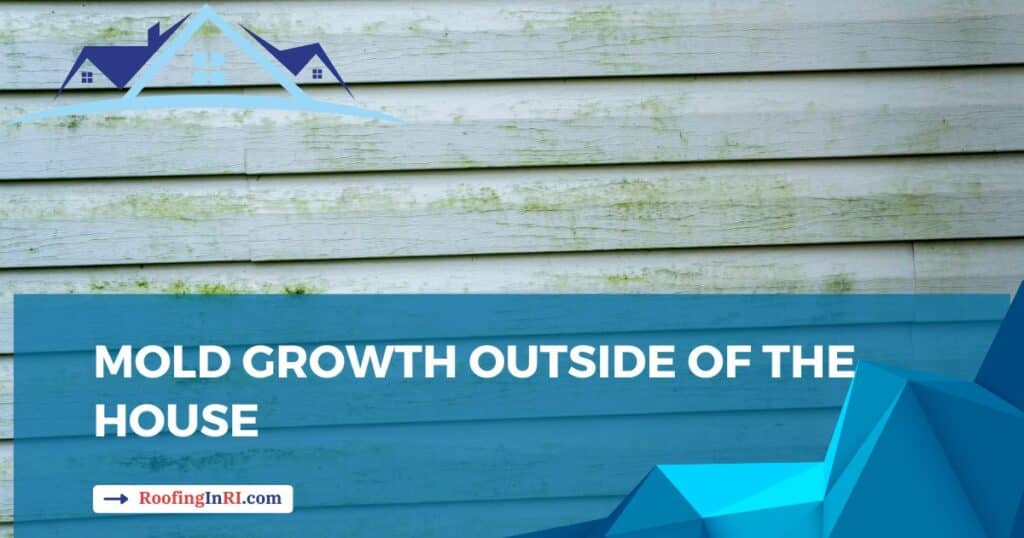Your roof is your home’s first line of defense against the elements, shielding you and your belongings from rain, wind, snow, and harsh sunlight. Understanding the most common roof repairs can help you address issues promptly, preserving the integrity of your home and avoiding more significant problems down the line.
In this guide, I will explore the most common roof repairs that homeowners may encounter.
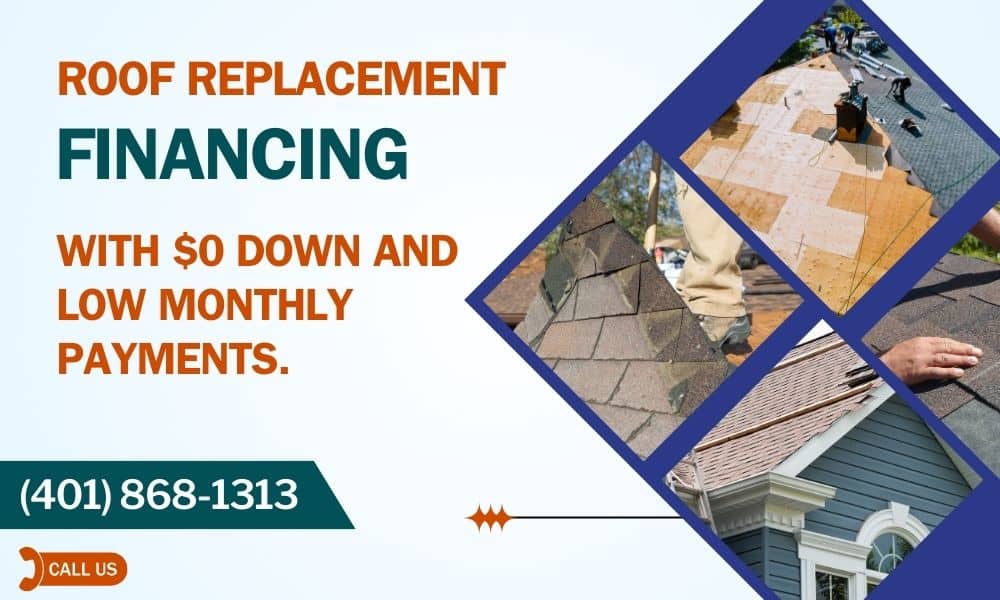
Let’s get started.
What are the most common repair jobs in the roofing industry?

Leaky Roof
Roof leaks can cause structural damage, mold growth, and deterioration of insulation and interior finishes. These leaks occur due to various factors, including damaged or missing shingles, cracked flashing, deteriorated seals around penetrations, and inadequate ventilation. Extreme weather conditions, aging materials, and poor installation can exacerbate these issues.
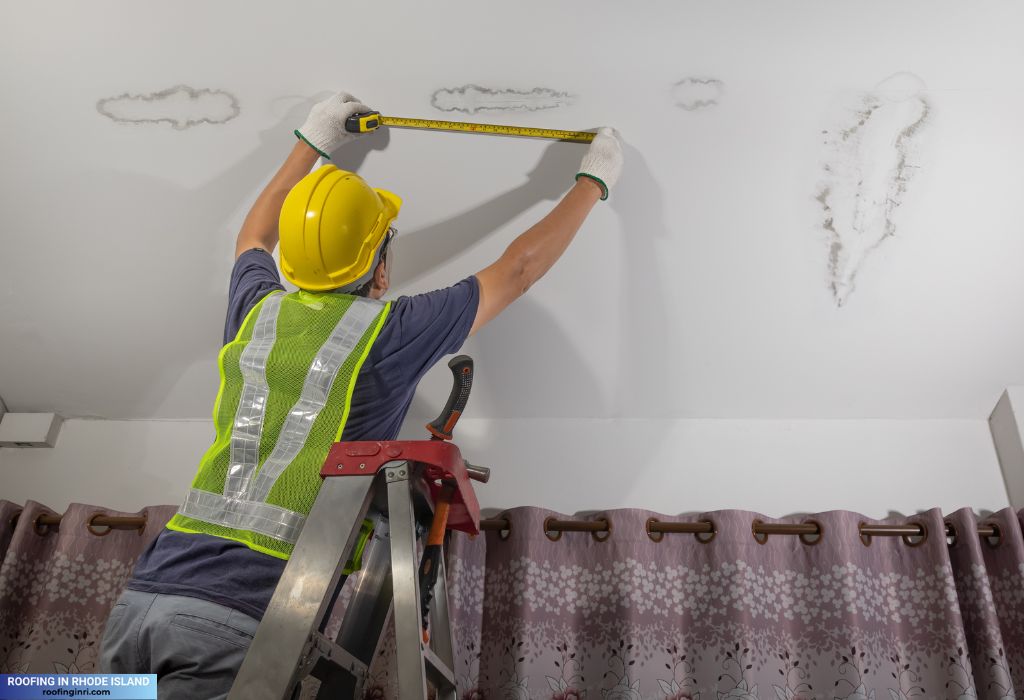
Insurance coverage for roof leaks depends on the policy specifics and the cause of the leak. Often, it’s best to enlist the help of a professional roofer who can pinpoint the problem and provide a lasting solution.
When a roof leaks, immediately move belongings away from the affected area to prevent further damage. Place buckets or containers to catch dripping water. If safe, place tarps over the leak to mitigate water intrusion. Contact a professional roofer promptly for inspection and repair to address the issue effectively.
Related: 11 Things you should do when your roof is leaking
Damaged shingles

Shingles damage due to wind, rain, and UV rays, as well as natural aging. Additionally, poor installation, inadequate ventilation, and impact from debris or foot traffic can contribute to shingle damage over time.
To prevent shingle damage, you should conduct regular inspections, keeping the roof clean of debris and promptly addressing any issues. Ensuring proper installation by qualified professionals and maintaining adequate attic ventilation are crucial. Additionally, trimming overhanging branches and considering protective coatings can help extend the lifespan of shingles and protect the roof from damage.
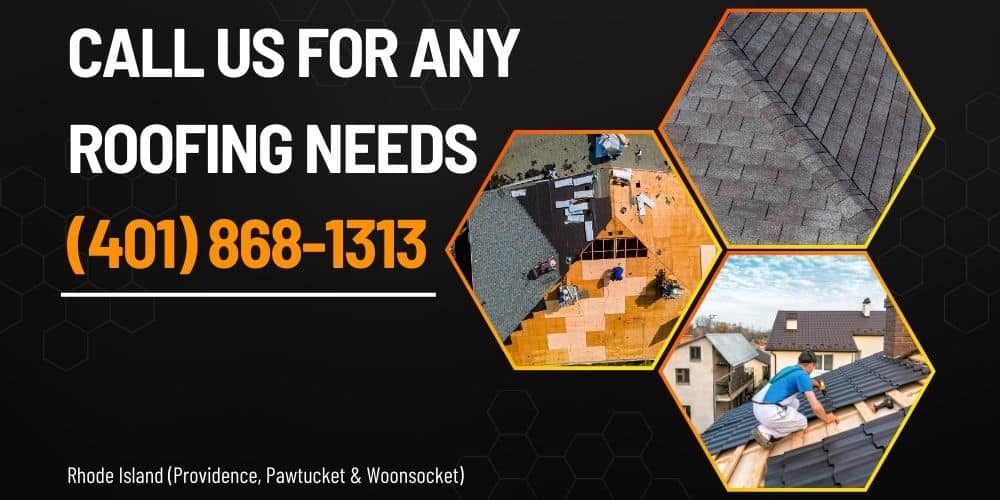
When shingles are damaged, you should immediately contact a professional roofing contractor. Avoid attempting DIY fixes, as improper repairs can worsen the damage and void warranties. Timely intervention can prevent water infiltration, structural issues, and further deterioration, ensuring the integrity of the roof.
How to remove mold from roof shingles? →
Shingle or tile replacement
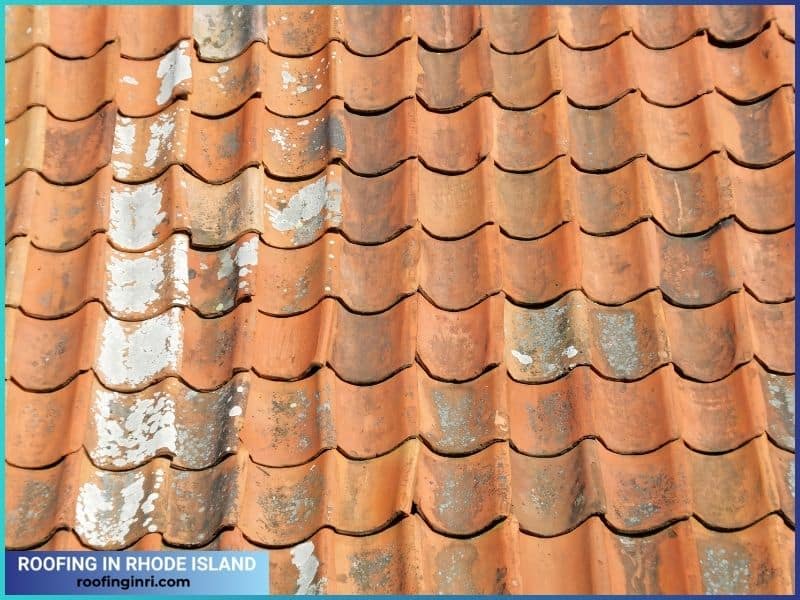
Generally, replacement may occur every 20-30 years for asphalt shingles and 50 years or more for tile roofs with proper care.
Depending on the type of roofing material used, replacement may involve removing and replacing individual shingles or tiles, or addressing larger sections of the roof.
Avoid improper installation techniques such as improper nail placement or inadequate sealing, neglecting to address underlying issues like damaged decking or flashing, and failing to match new materials with existing ones for uniformity. Keep these things in mind when replacing roof shingles or tiles.
Overlooking proper ventilation or insulation can lead to premature deterioration. DIY attempts without proper knowledge and equipment can result in costly mistakes. It’s crucial to hire a qualified roofer.
How to clean a shingle roof? →
Flashing issues
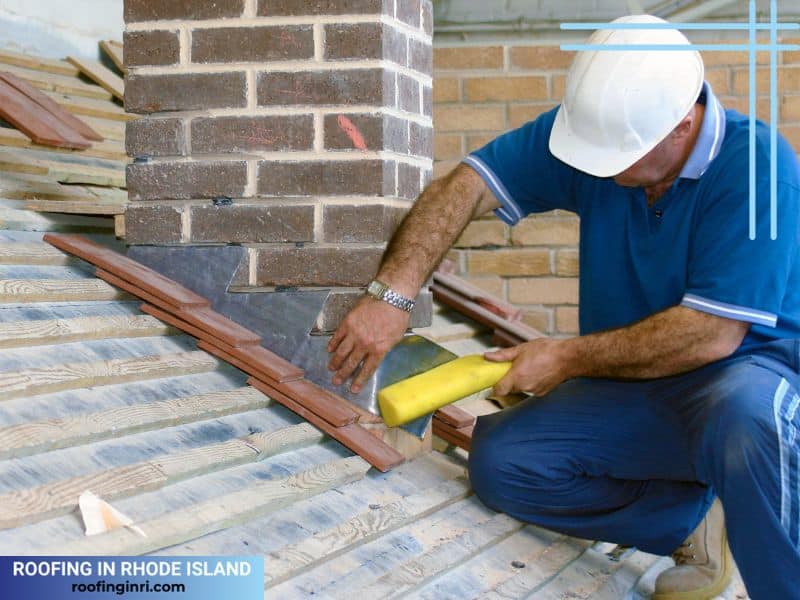
The most common flashing issues are corrosion or rusting of metal flashing, improper installation leading to gaps or inadequate sealing around penetrations such as chimneys, vents, and skylights, and deterioration of flashing materials over time due to exposure to the elements.
Additionally, flashing that becomes dislodged or damaged during severe weather events can compromise its effectiveness in preventing water infiltration.
Over time, flashing can deteriorate, become loose, or develop cracks, compromising its effectiveness. Repairing flashing typically involves resealing or replacing damaged sections to ensure a watertight seal.
How to repair roof flashing? →
Clogged gutters
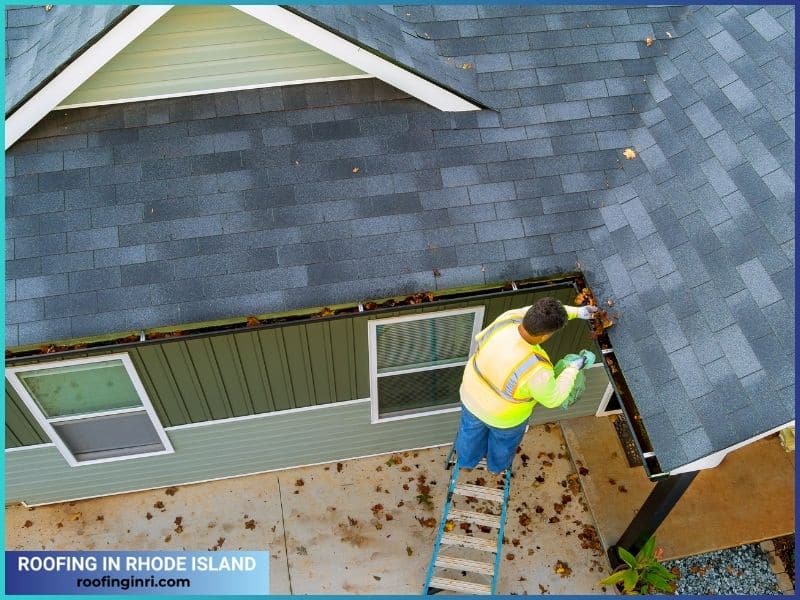
It’s a very common issue for many homeowners.
A clogged gutter occurs when debris such as leaves, twigs, and dirt accumulate and block the flow of water through the gutter system. This buildup prevents water from properly draining off the roof, leading to overflow, water damage to the roof and siding, and potential structural issues.
Common causes include falling leaves, branches, and other organic matter, as well as inadequate gutter maintenance and improper installation that doesn’t facilitate efficient water flow.
Additionally, debris buildup in gutters can provide a breeding ground for pests and contribute to ice dams in colder climates.
Replace vs repair a roof: 7 crucial factors to consider before you decide →
Ventilation problems
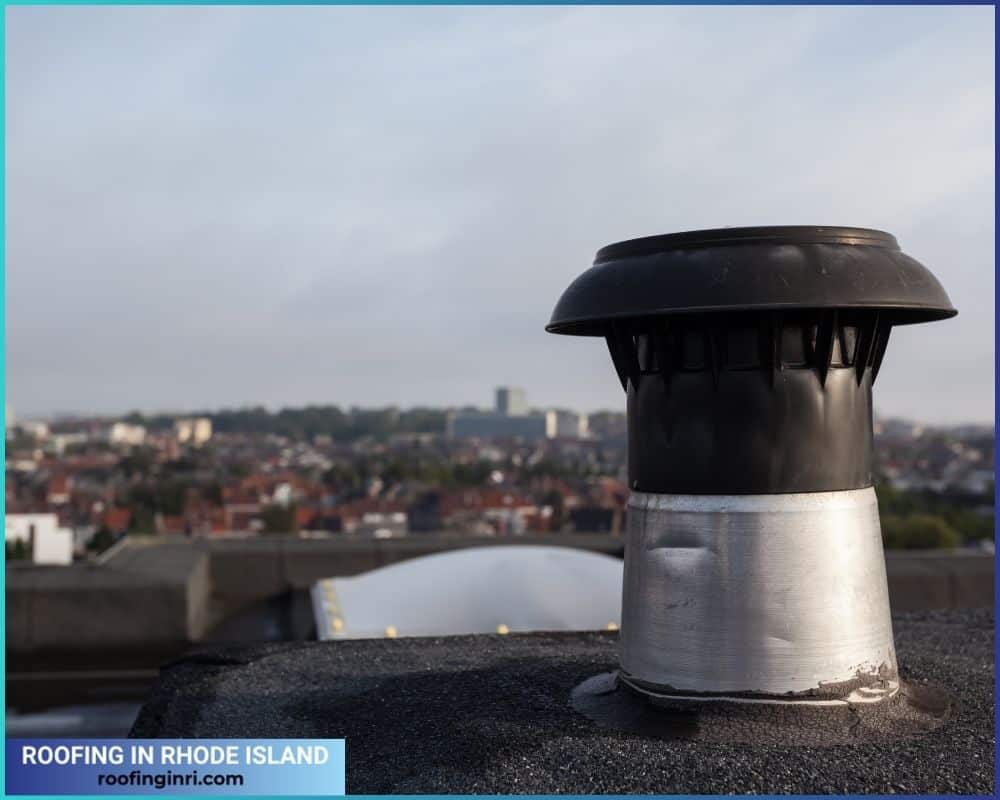
The most common ventilation problems include inadequate airflow, blocked vents, and poorly installed or damaged ventilation systems. Inadequate ventilation can result in extra heat and moisture buildup in the attic.
Blocked vents can occur due to debris accumulation or improper installation, hindering proper airflow. Additionally, damage to vents from severe weather or pests can compromise ventilation effectiveness.
Addressing ventilation issues may involve installing or repairing vents and ensuring adequate airflow throughout the attic.
Active and passive ventilation – which one is the best for your roof →
Ponding water
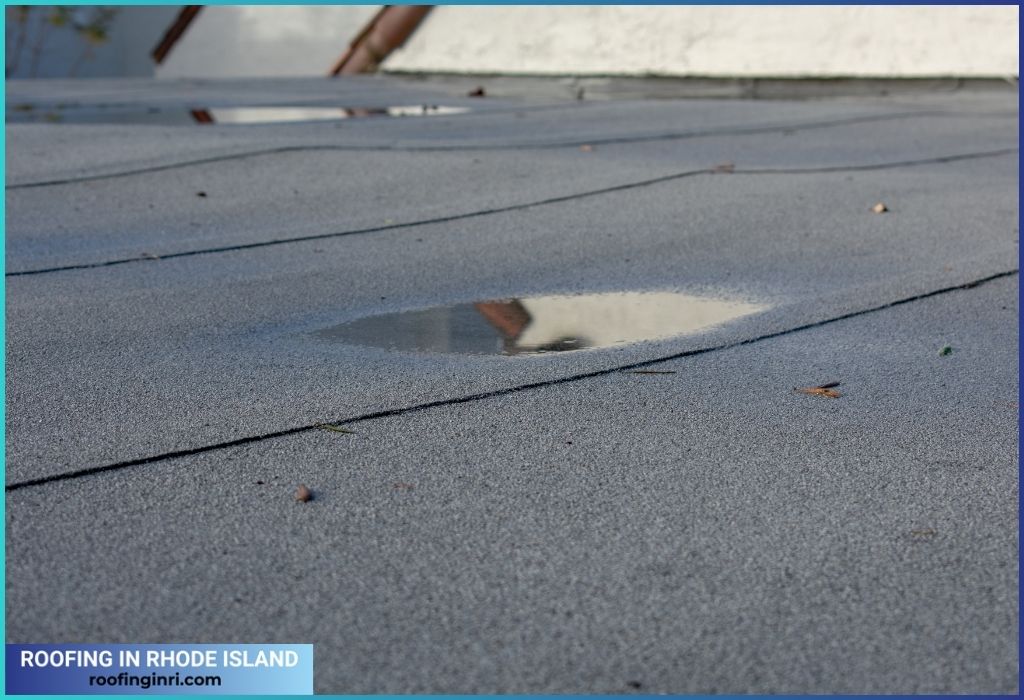
Ponding water occurs when water accumulates in low-lying areas of the roof and fails to drain properly. This can be caused by inadequate slope, clogged drains, or sagging roof decking.
Ponding water cause deterioration of roofing materials, including shingles, membranes, and insulation, as well as structural issues such as rot and mold growth.
Addressing ponding water may require correcting the slope of the roof, clearing debris from drains, or installing additional drainage systems to ensure proper water runoff and prevent damage to your roof.
Why do you need an ice and water shield on the roof? →
Skylight leaks
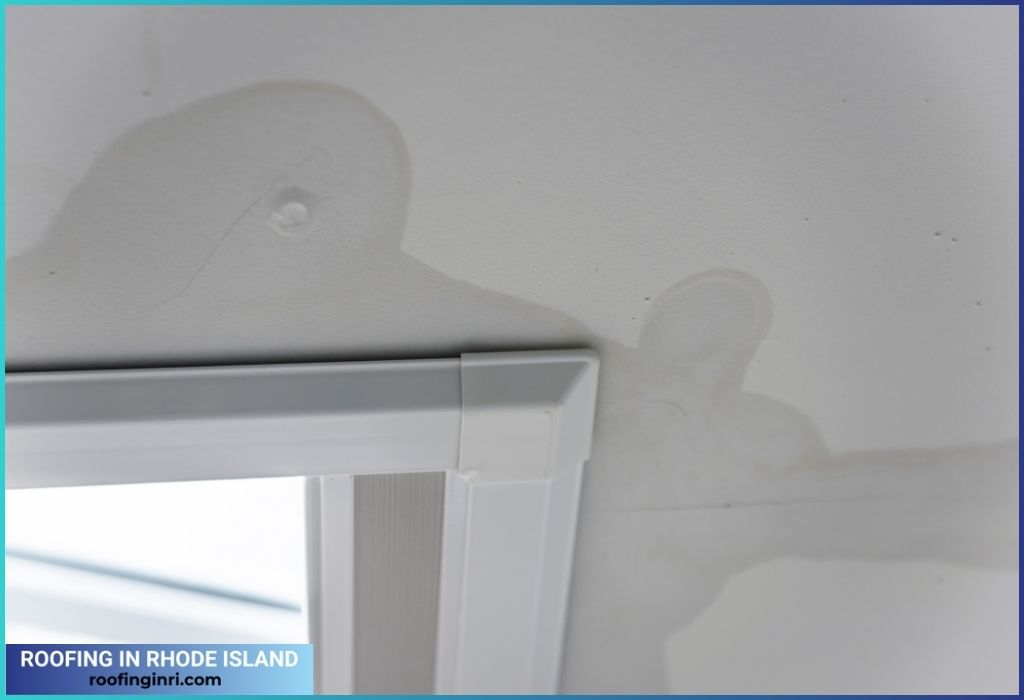
Leaks around skylights may be caused by damaged seals, improper flashing, or cracked glass. Repairing skylight leaks may require resealing seams, replacing flashing, or even installing a new skylight if the damage is extensive.
A guide to skylight insulation →
Roof punctures
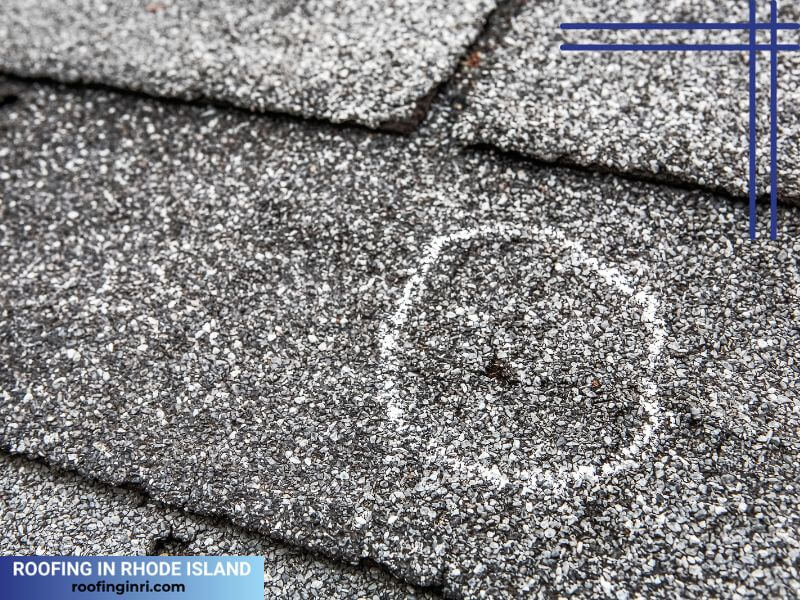
Punctures or penetrations in the roof surface can occur due to fallen branches, hail, or foot traffic during maintenance tasks. Repairing roof punctures typically involves patching the damaged area with compatible roofing materials to prevent water infiltration.

To prevent roof punctures, you should regularly trim overhanging branches, conduct visual inspections for potential hazards, and exercise caution during roof maintenance tasks.
Installing protective barriers over vulnerable areas such as vents and skylights can further mitigate the risk of punctures. When in doubt, it’s advisable to enlist the expertise of roofing professionals for inspections and maintenance to ensure the roof’s integrity and longevity.
Top 10 signs of bad roofing contractors →
Conclusion
These are the most common repair jobs in the roofing industry.
By familiarizing yourself with the most common roof repairs and addressing issues promptly, you can minimize the risk of more significant damage and costly repairs in the future.
Maintaining a healthy roof involves addressing common issues such as leaks, damaged shingles, and ventilation problems promptly. Professional assistance is recommended for comprehensive inspections and repairs to ensure optimal roof performance and longevity.

